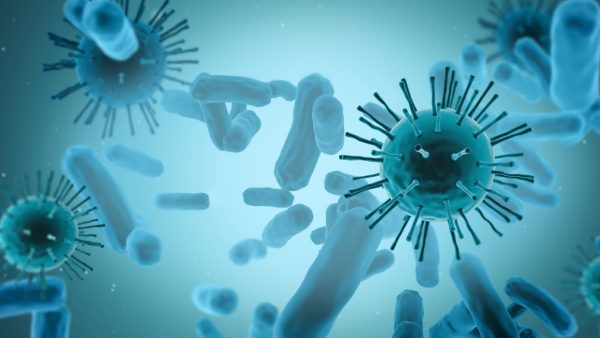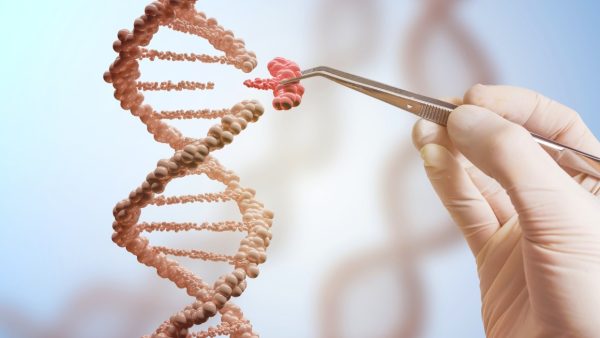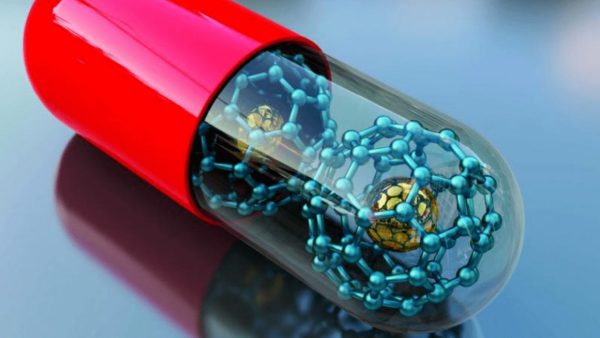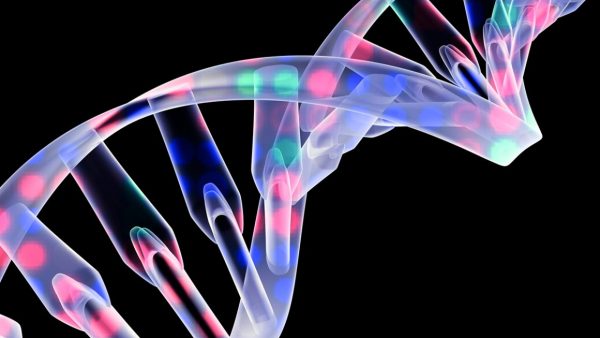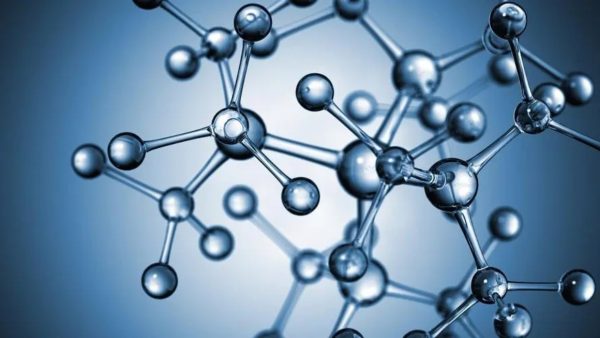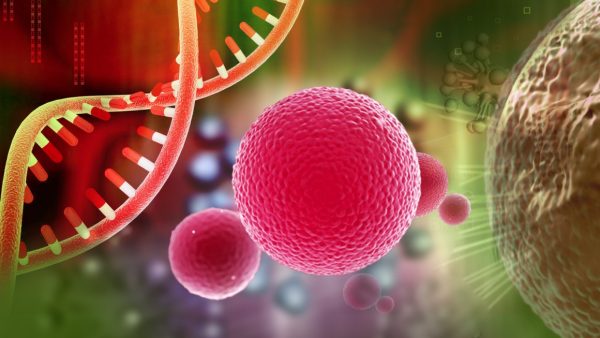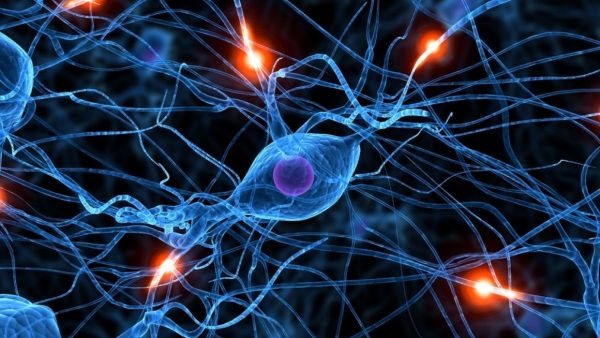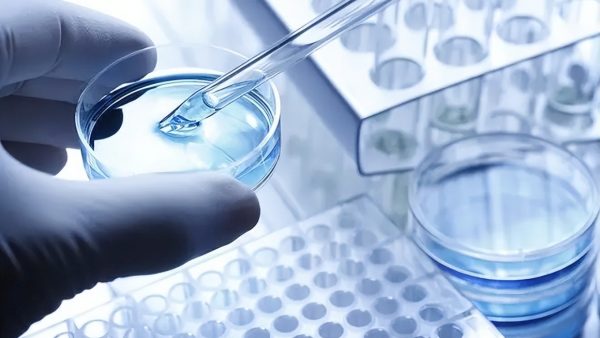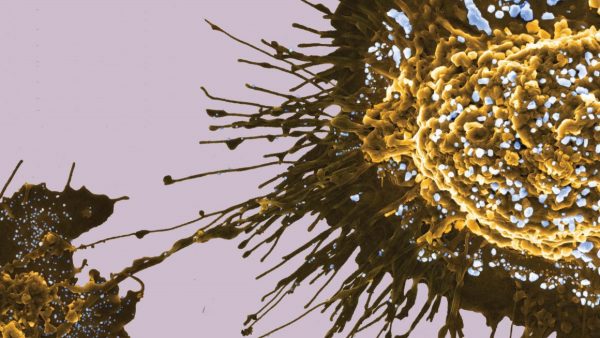Due to the specific upconverting luminescence using near infrared light to stimulate photosensitizers (PSs), upconversion nanoparticles (UCNPs) are widely used for photodynamic therapy (PDT). Once the cancer targeting property of the nanomedicines is improved, the efficiency of the UCNP-based PDT will also be enhanced. The researchers utilized pH low insertion peptide (pHLIP), a cancer-targeting section, […]
Highly Selective Fluorescence Assay for Phosphatidylserine Decarboxylase (PSD) Activity Measurement
Currently, the realm of lipid biochemistry is mature enough to be applied to the screening and identification of novel inhibitors of essential enzymes which can be used for treating all types of microvial infections, including viruses, bacteria and fungi. That is to say, there is a kind of highly selective fluorescence assay that can be used to measure […]
The Clinical Application of Curcumin-coordinated Nanoparticles
The natural compound curcumin (Cur) can regulate the growth inhibition and cell apoptosi in diverse cancer cell lines. However, its properties of water insolubility and instability restrict its clinical applications. To cope with the problem, researchers produced a Cur-coordinated reactive oxygen species (ROS)-responsive nanoparticles (PPHC) through the interaction between boronic acid and Cur and synthesized a […]
How Endoplasmic Reticulum (ER) Affect LDs Assembly
Lipid droplets (LDs) are organelles with multi-functions. They have been studied extensively and proven to be the center of cellular energy metabolism. LDs are composed of neutral lipid core (triacylglycerols or sterol esters) and a phospholipid monolayer which contain proteins. LDs are formed through a series of biochemical and biophysical reactions in endoplasmic reticulum (ER). The biochemical […]
Anti-VEGF for Primary Tumors and Metastasis Therapeutics
Due to the low therapeutic effect and severe side effect of systematic dosage regimen, the development of tumor-targeted therapeutics is crucial to the precision therapy of tumor. To deal with the problem, researchers developed hyaluronic acid-installed genomic nanocarriers (HA-NPs) to ablate the primary and metastatic tumors effectively by anti-vascular endothelial growth factor (anti-VEGF) approach, thus the active […]
The Improved Adjuvanted CoPoP Liposomes for Cancer Cell Eradication
The short peptides derived from tumor are identified by the CD8+ T cell receptors to kill cancer cells. As the short peptide epitopes are easy to produce, they theoretically enable CD8+ T cells to fight against major histocompatibility complex I (MHC-1) antigen which bear target cells. Although the method was originally designed to kill cancer […]
BSH-Loaded Polymeric Micelles For Drug Delivery in Cancer Cells
As some compounds are effective for the treatment only when they are in cancer cells, delivering the bioactive compounds to cancer cells efficiently in vivo is an important step for the treatment. The cancer cells can be eradicated by the secondary killing irradiations which are generated by boron neutron capture therapy (BNCT), a therapeutic method […]
The Development of PEG Modified Small Molecule Drugs
Among all of the PEG (polyethylene glycol) modified small molecules, the anti-tumor drugs, focusing on paclitaxel and hetotaxine, are the most frequently studied. Although these small molecules are generally with high toxicity, the large dosage is required to achieve the effective treatment. Pegylation has the ability to settle the defects in the physicochemical properties and pharmacokinetics of small molecule […]
How PEG Derivatives Are Used in PROTAC Linker
PROTAC(Proteolysis Targeting Chimera) is a brand new technique applied to induce the degradation of targeted protein through the ubiquitin-proteasome system. The PROTAC molecule consists of a ligand that binds the target protein, a ligand that recruits the E3 ubiquitin ligase and a linker between the two ligands. The PROTAC molecule forms a stable ternary complex with the target protein […]
PEG Modified Uricase For the Treatment of Gout
Gout is a common and complex form of arthritis that can strike people of all ages. Patients with gout often suffer from sudden joint pain with edema, red swelling and inflammation at night, and the pain will last several days or even weeks. The attack of gout is related to the concentration of uric acids in the body, and uric acid salts will accumulate in joint cavities […]




